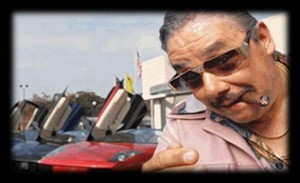 Like it or not , many people still conjure up negative thoughts when they hear “Sales Person.” Why is that? Folklore and poor sales people.
Like it or not , many people still conjure up negative thoughts when they hear “Sales Person.” Why is that? Folklore and poor sales people.
The folklore part stems from a time where sales people traveled from town to town in rural areas “peddling” their wares to consumers who would not have been able to buy the products otherwise. Not a bad thing, really. But with opportunity and good ideas comes those with agendas and a way to make a fast buck – without a conscience. So as door-to-door and route selling began to take form, along came the Snidely Whiplashes who sold worthless potions, lotions and oils – claiming that they had miraculous healing powers. Many of the people who bought them had little education, no ability to do research and had to rely on the words of the salesperson. After the snake oil salesman was long gone, they realized they were duped, but not having a Chamber of Commerce, Attorney General or Angie’s List to complain to, they were left with a worthless product. Thus the legend of the snake oil salesman, or shyster, began.
Poor salespeople help keep the profession tarnished due to one overwhelmingly-common trait. It’s about them, and not the customer, client or patient. Had they put the needs of the buyer first, they would have taken the proper amount of time to learn their craft, learn their product or service and they would have learned how to listen to, communicate to and identify with the buyer.
The internet and Google continue to require that the sales person hone their skills and that they truly make it about the buyer. And in the end, we all win.
Excerpt from John Patrick’s eBook entitled Sales Tips & Tools, which can be found on Amazon.
